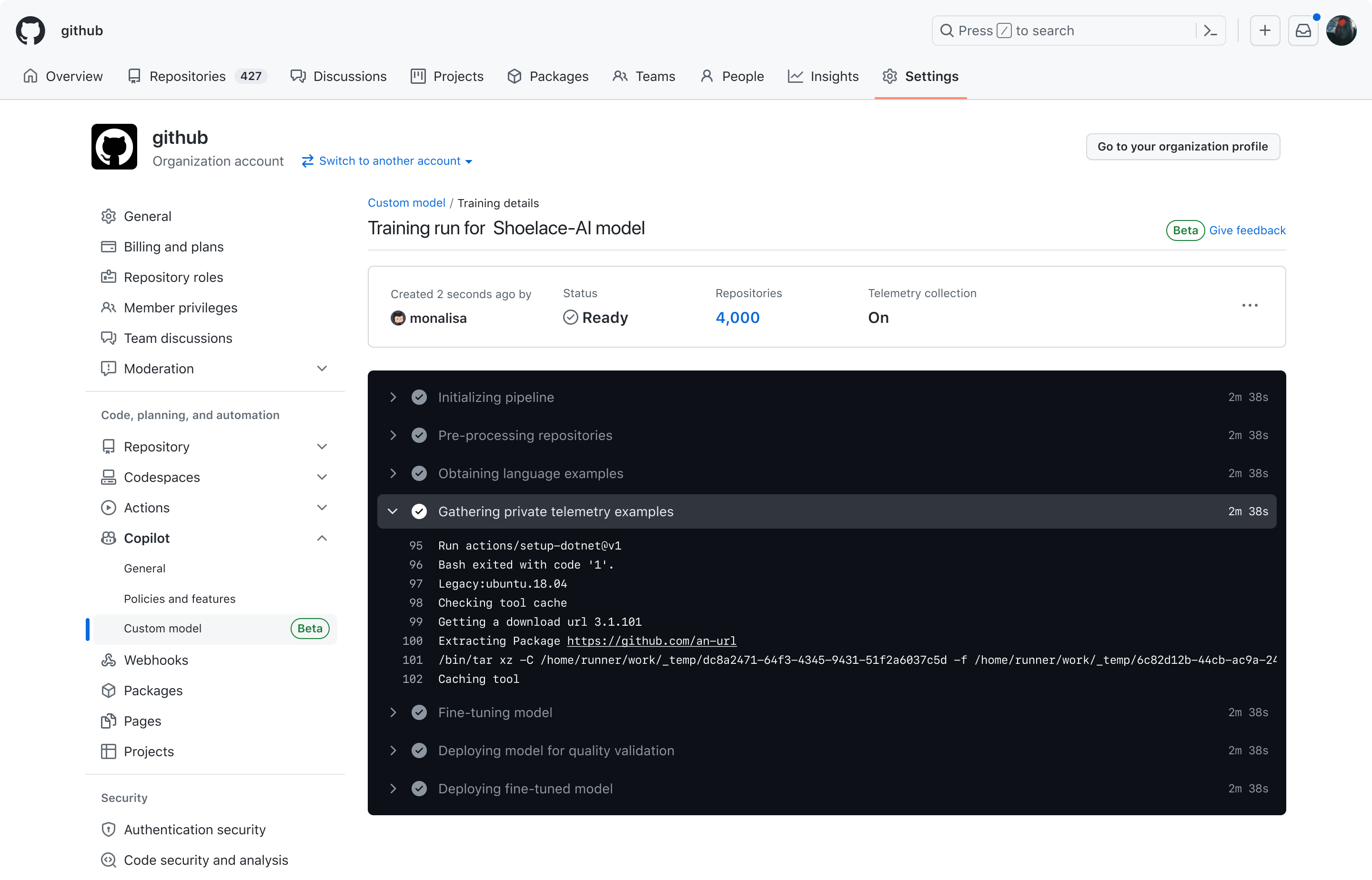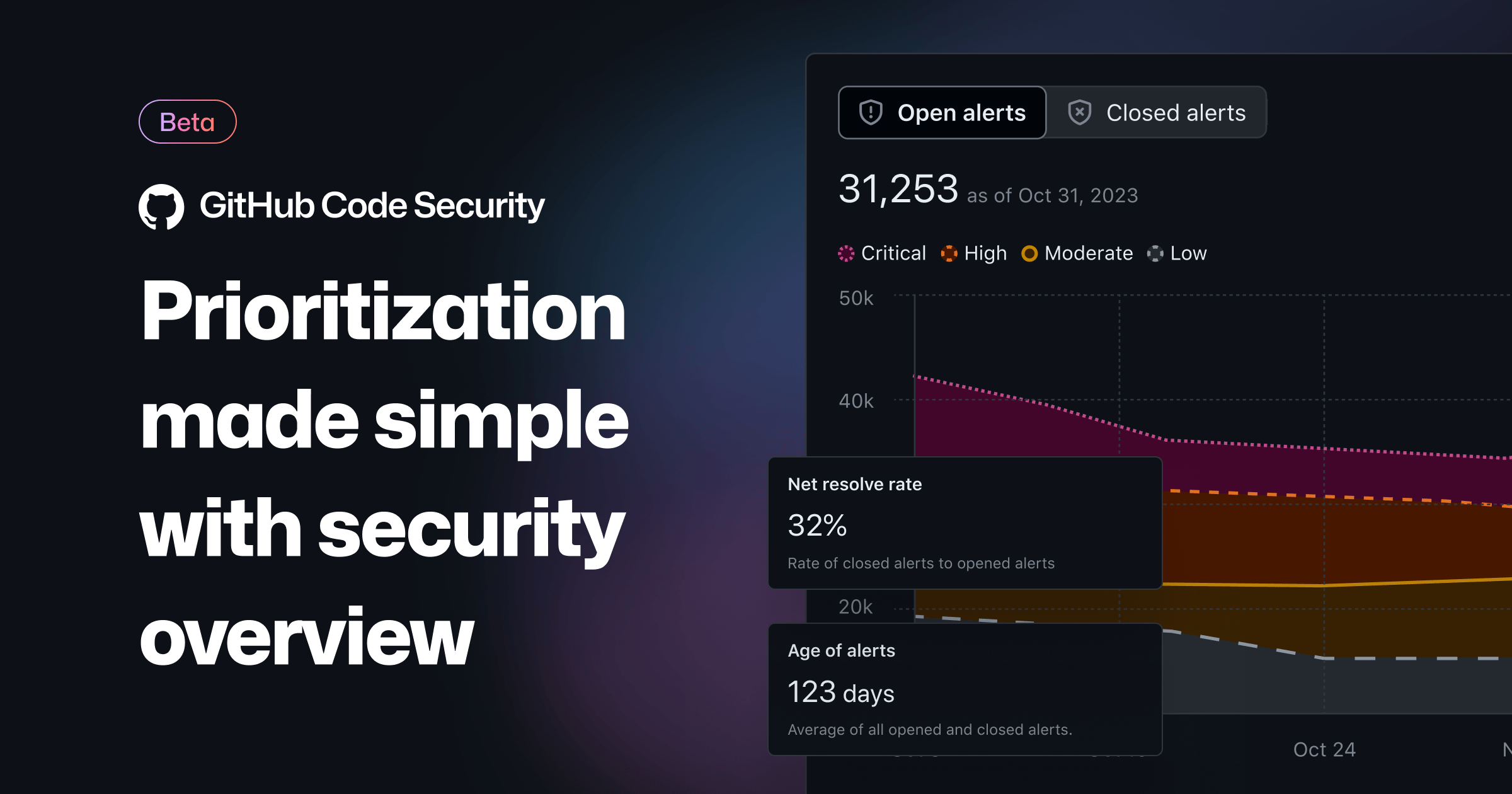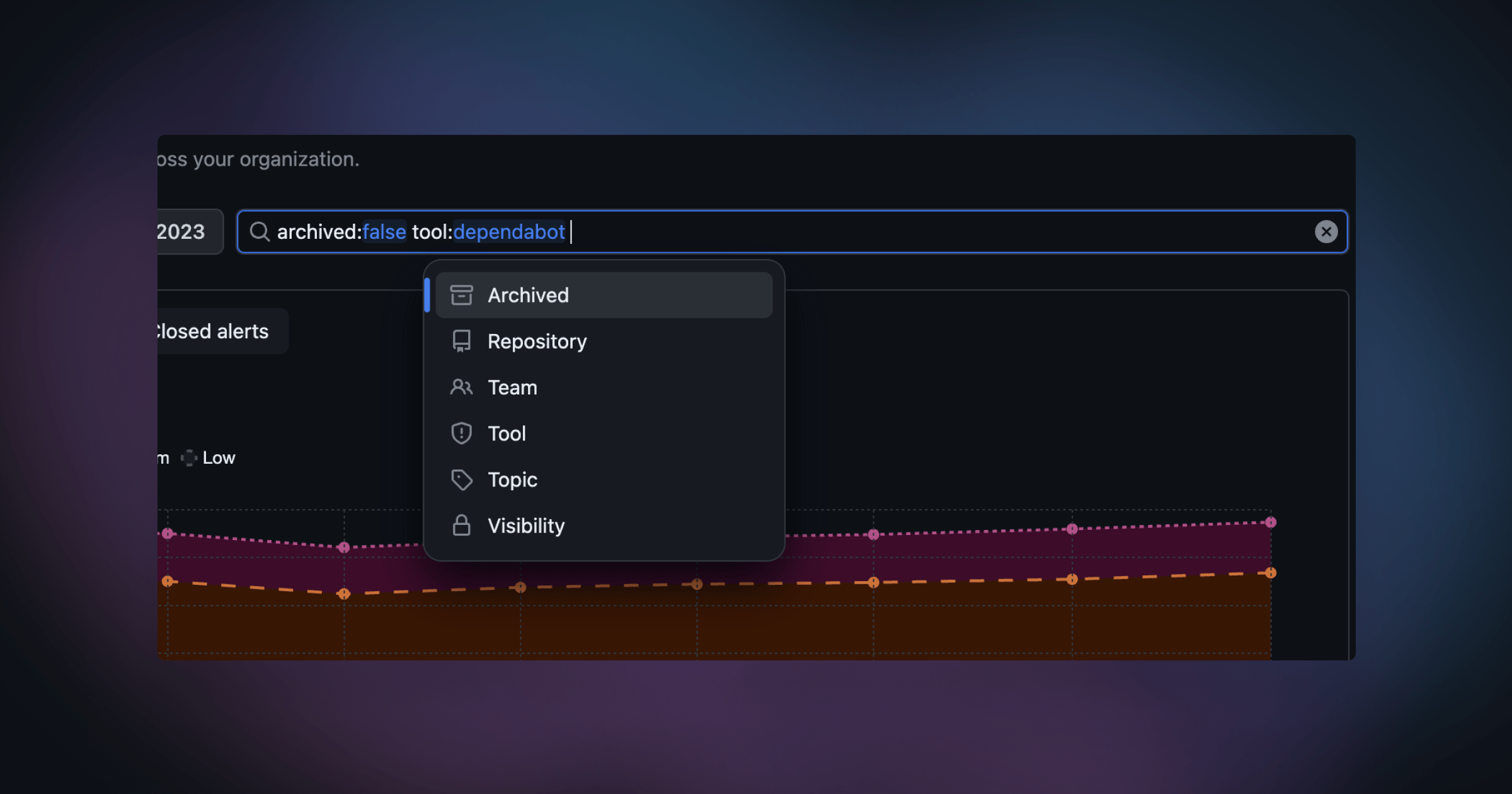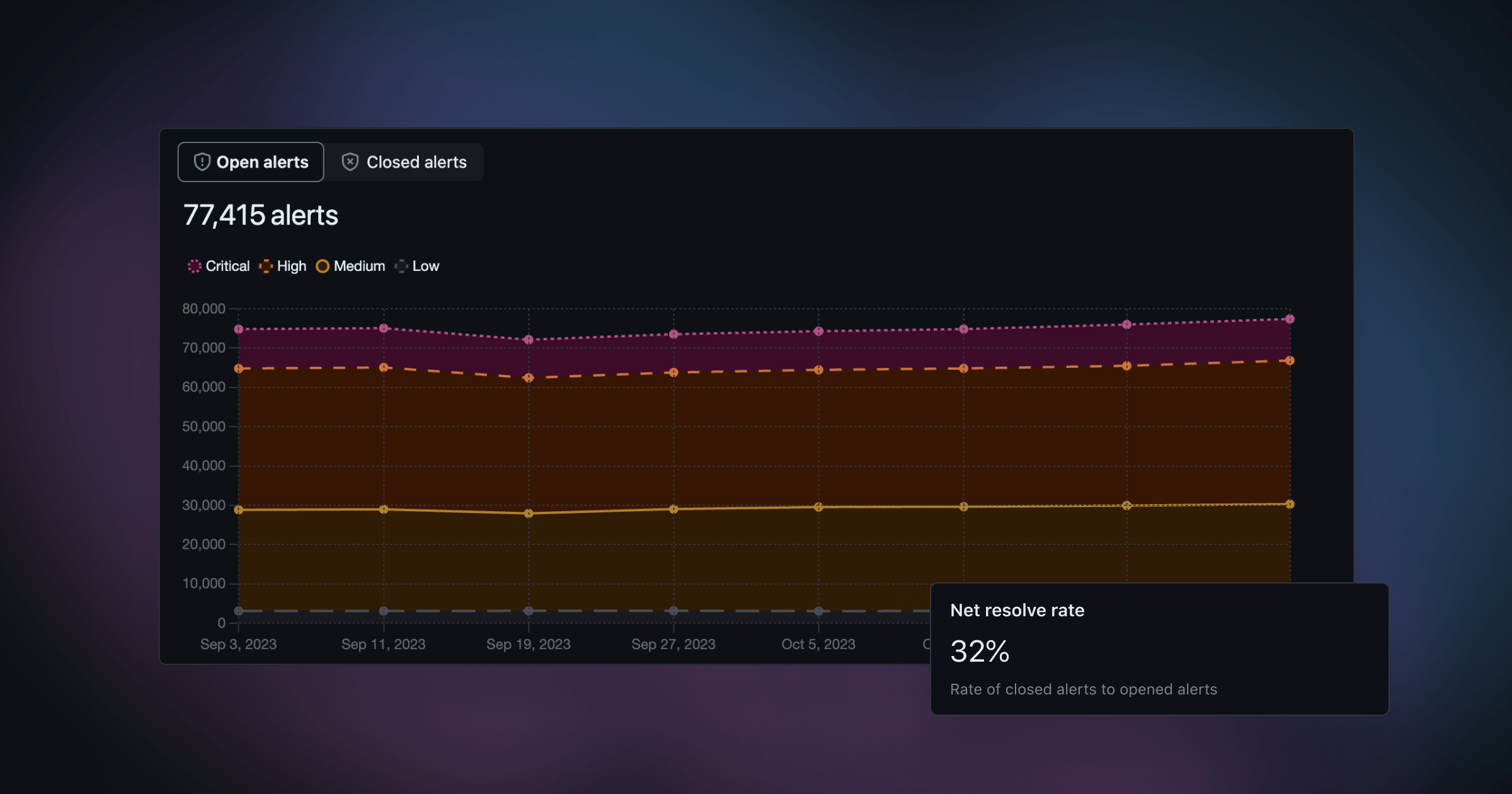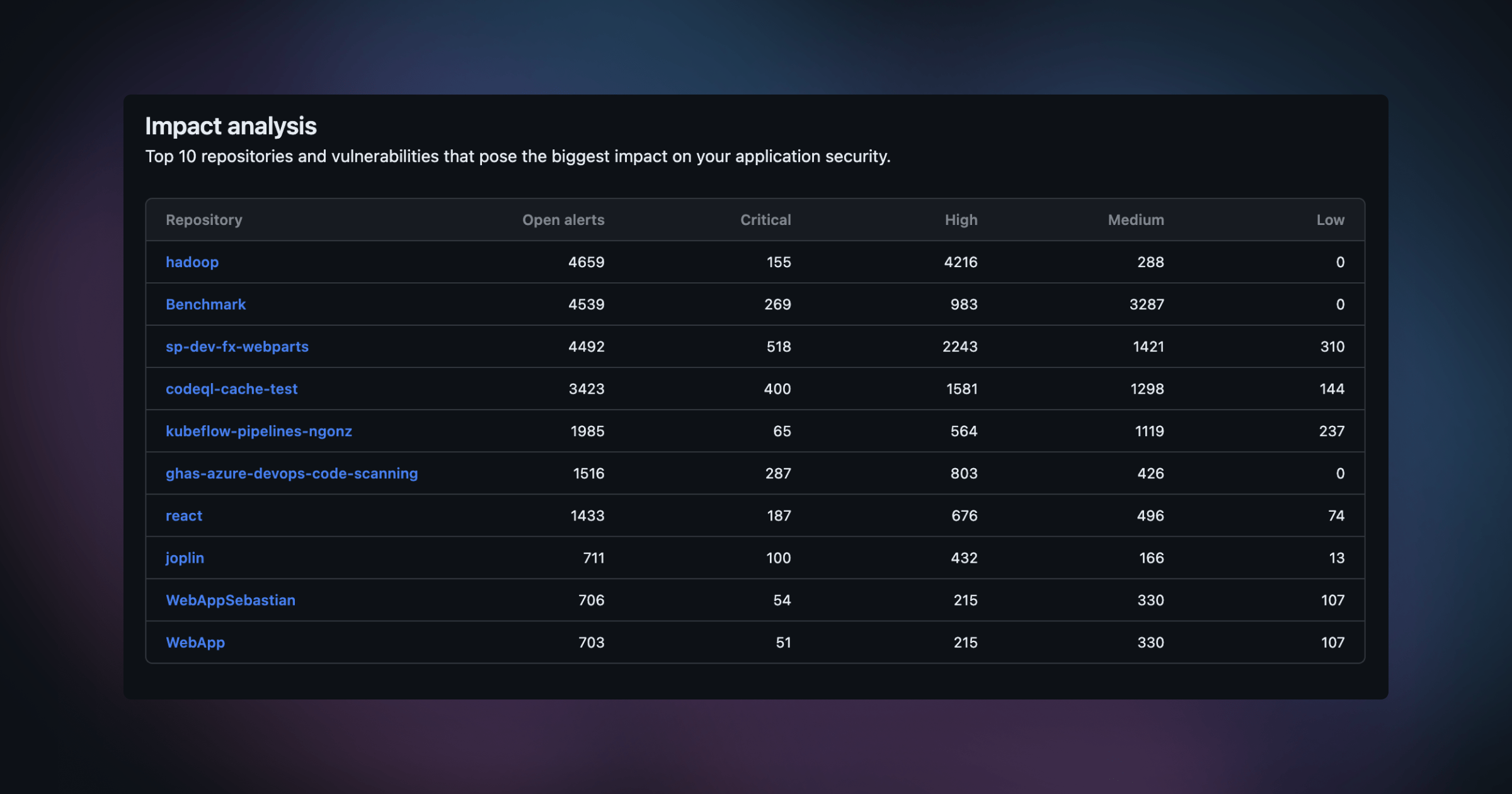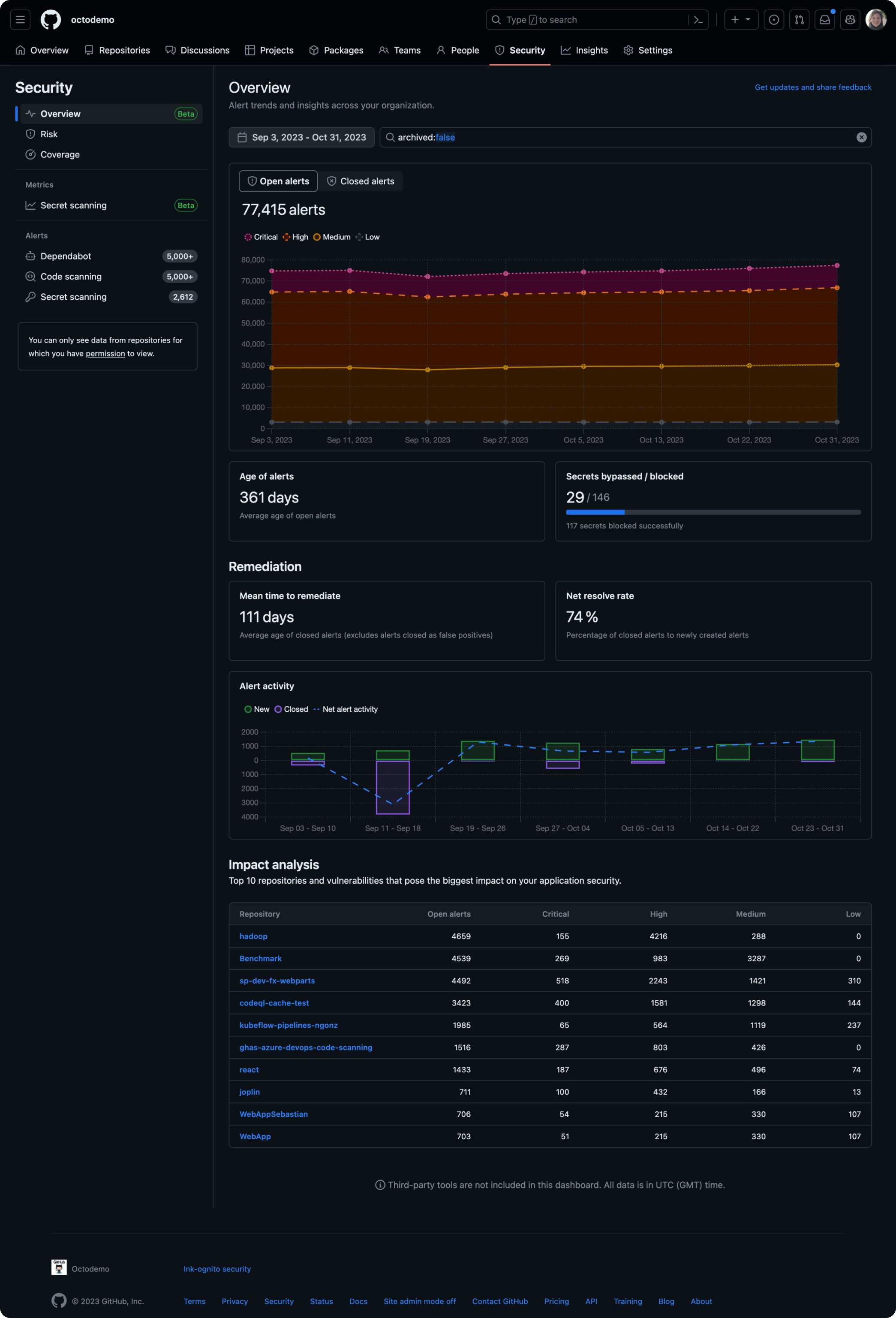Custom properties
There are new search and filtering options for custom properties now generally available to ensure you can easily find the right property.
Managed byallows you to limit your result by the organization or enterprise who manages the property.Property typeallows you to limit your result by the available type of properties.Textallows you to limit your result by the context of the property name or values.
Enterprise custom properties
Enterprise custom properties as part of the current preview can now be promoted from an organization to an enterprise property. This ensures properties configured in one organization are available across all organizations in an enterprise.
Enterprise code rulesets
Required workflows are now available as a new rule in the enterprise code rules preview. This will allow you to target workflows across specific organizations and repositories with a single workflow file managed at the enterprise.
[!NOTE]
GitHub Enterprise Cloud with data residency support for the enterprise workflow rule will be coming soon.
Join the discussion within GitHub Community.



